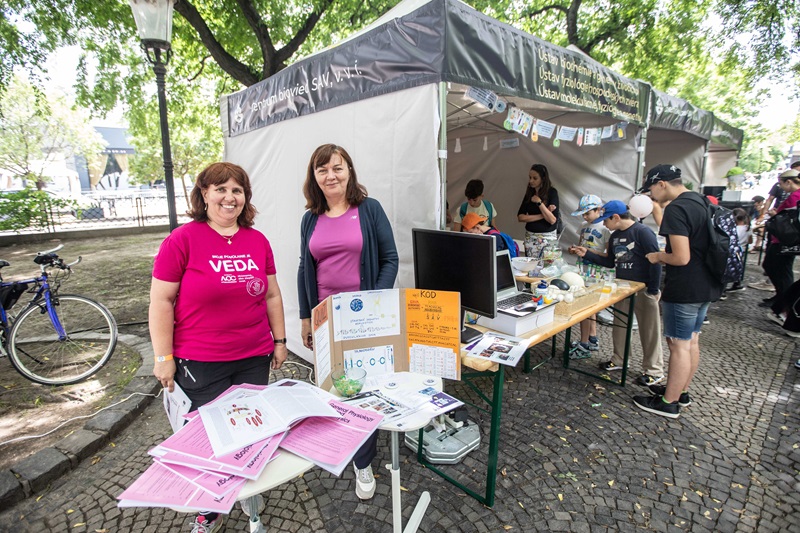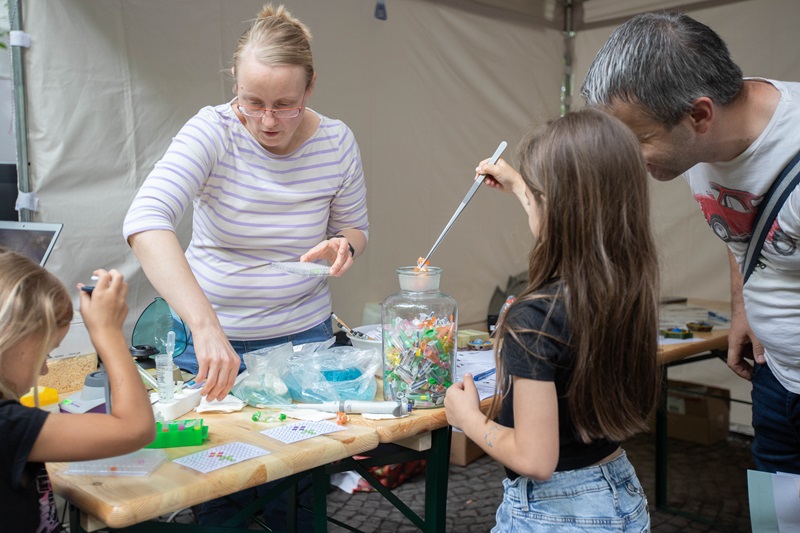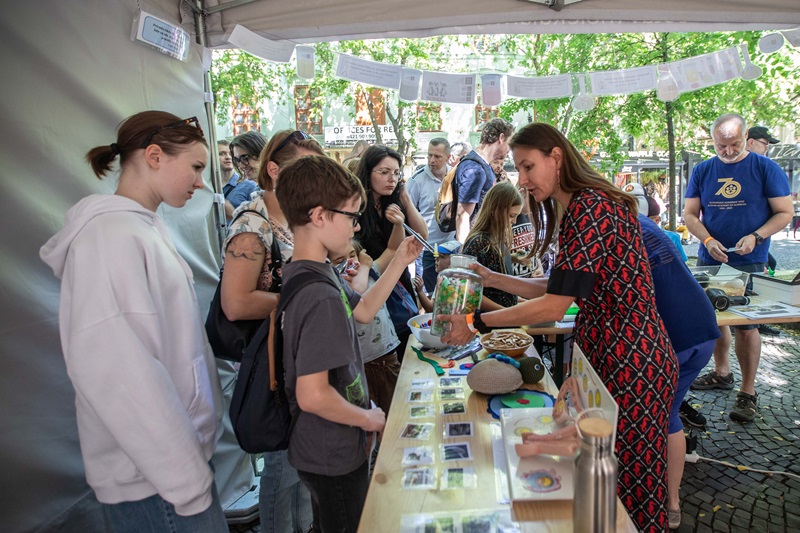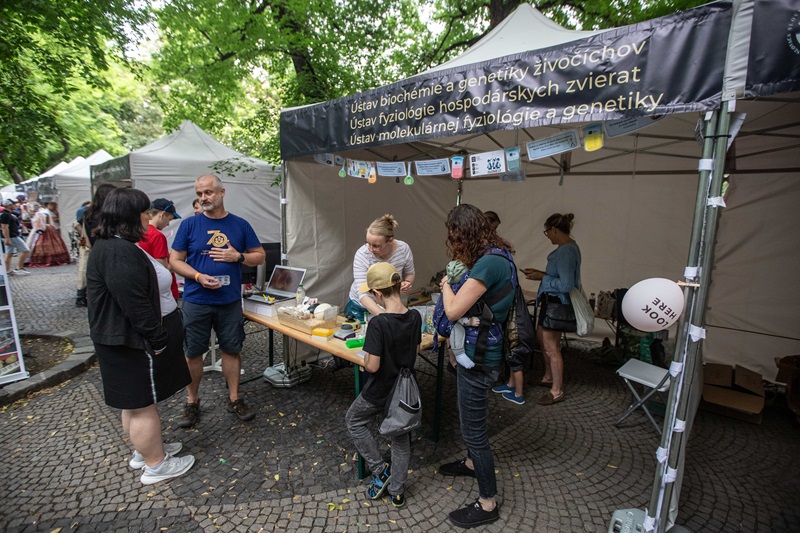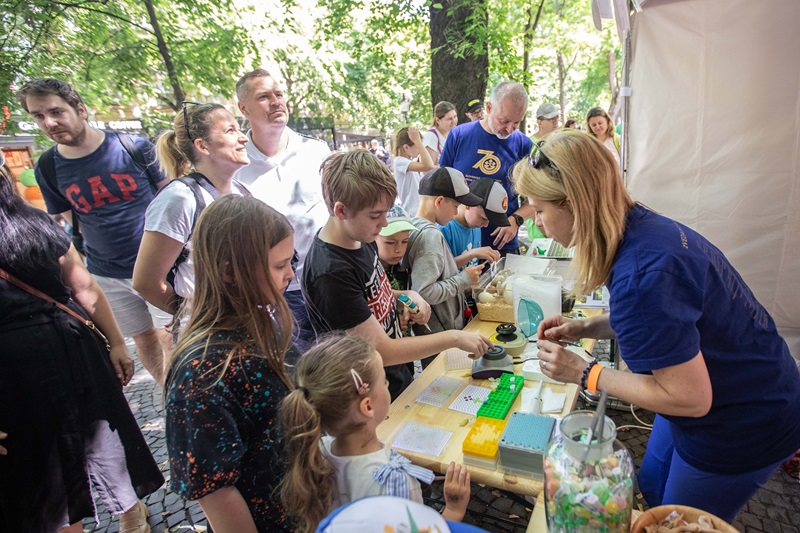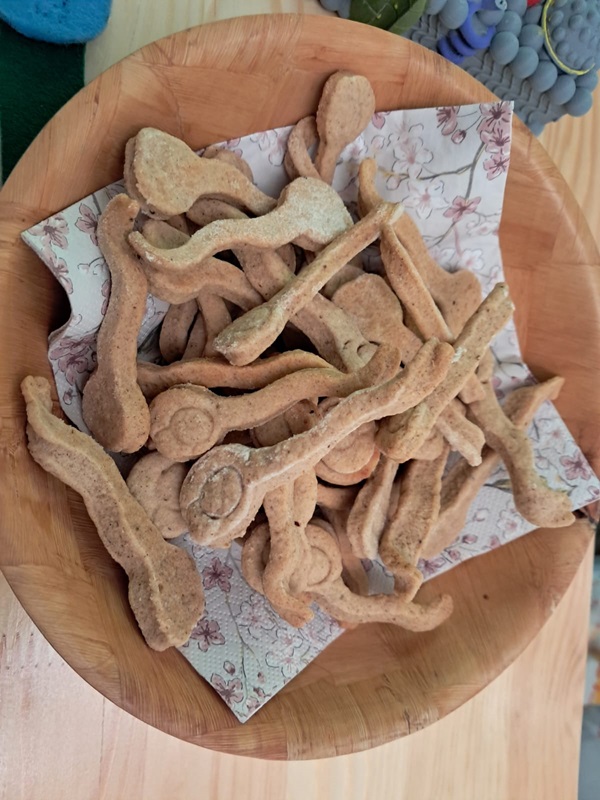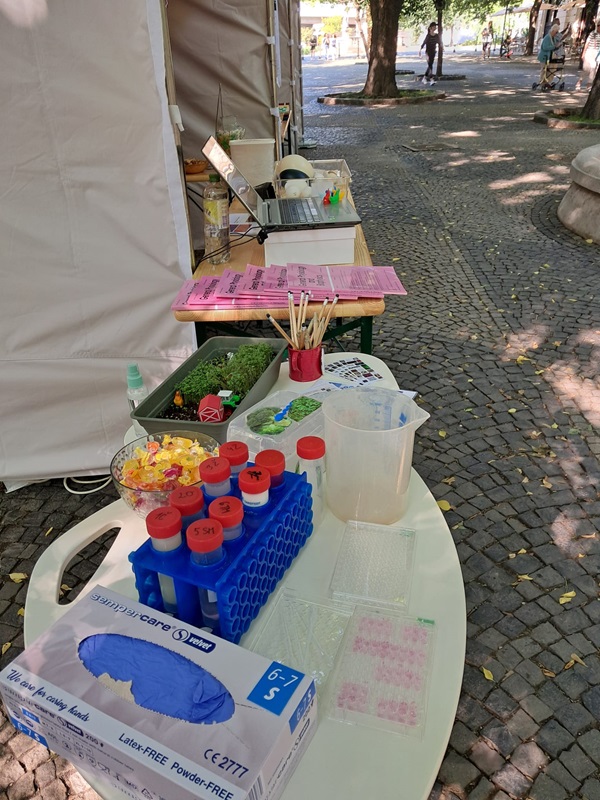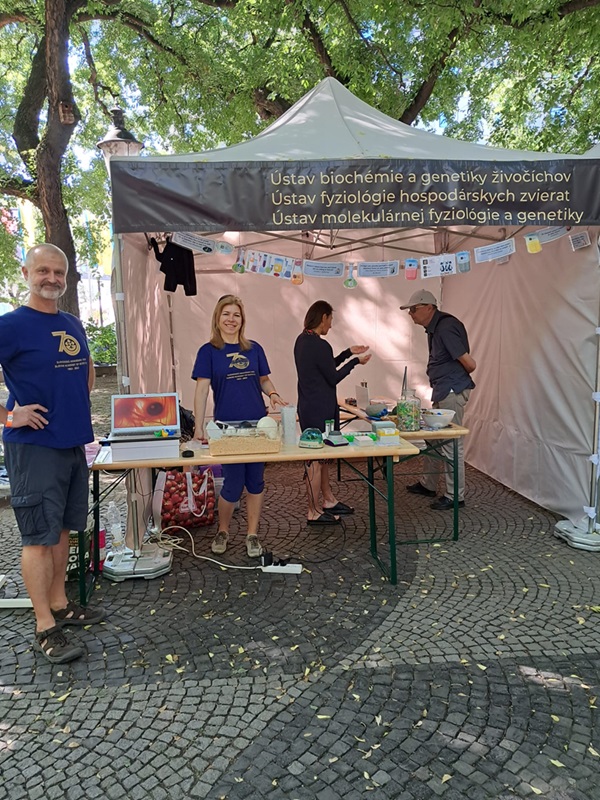Last weekend (June 14-15, 2024), the popular science event “We are the SAS” took place at Hviezdoslav Square in Bratislava. Over two days, you had the opportunity to get to know the work of many scientific teams, and we couldn’t miss it.
The Center of Biosciences was represented by a team of members from the Institute of Animal Biochemistry and Genetics (ÚBGŽ) and the Institute of Molecular Physiology and Genetics (ÚMFG). We prepared numerous activities for both children and adults, including curious quizzes, small experiments, and tasks that allowed them to peek into the mysteries of scientific research at the Center of Biosciences.
Colleagues from ÚBGŽ explained the causes of increasing infertility in both humans and animals. Young (and not-so-young) visitors tried to correctly identify the origins of eggs from zebra finches to ostriches and learn how a bird embryo develops. For game enthusiasts, we prepared puzzles, fill-in-the-blanks, and memory games. We explained why cells need a membrane, what it’s made of, and visitors even had the chance to create their own lipid. We discussed the importance of animal welfare, how quails can help fight cancer, and the challenges a sperm faces on its way to the egg.
The team from ÚMFG set up a mini greenhouse with super healthy micro herbs and demonstrated an experiment where children could create a colorful rainbow from cabbage based on pH changes. Older visitors tested their knowledge of isothiocyanates, DNA, and RNA in a quiz. They learned what neurons are, how they work, and whether there is a difference between the human and avian brain.
For those who wanted to learn even more about our work, they could talk to a colleague from the General Physiology and Biophysics editorial team, who explained the topics we focus on at the Center of Biosciences. As a keepsake, visitors could take home a bookmark, a sweet treat, or another small memento from our booth.
The atmosphere was excellent, the visitors curious, and we believe we provided them with a fascinating hands-on experience of the world of living organisms. We consider this year to be very successful and are already looking forward to the next one. Who will we see in 2025?
